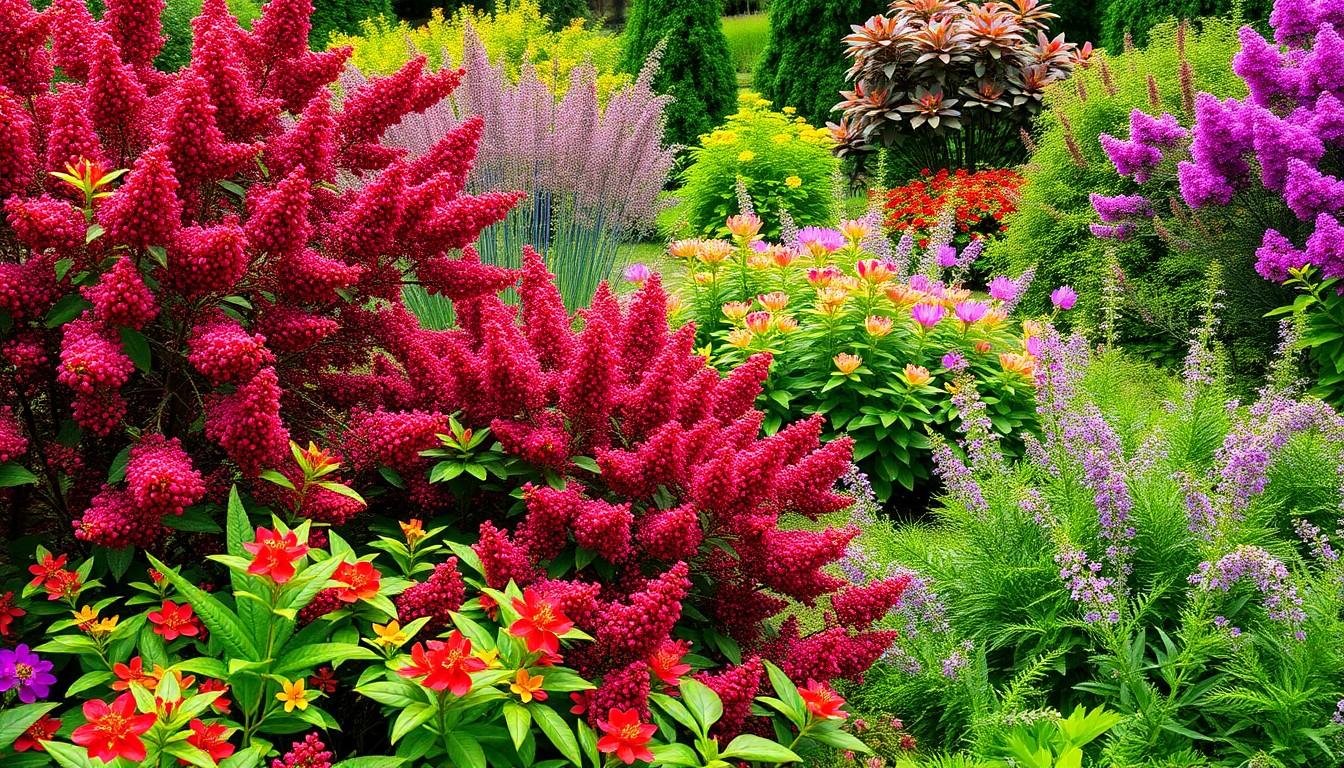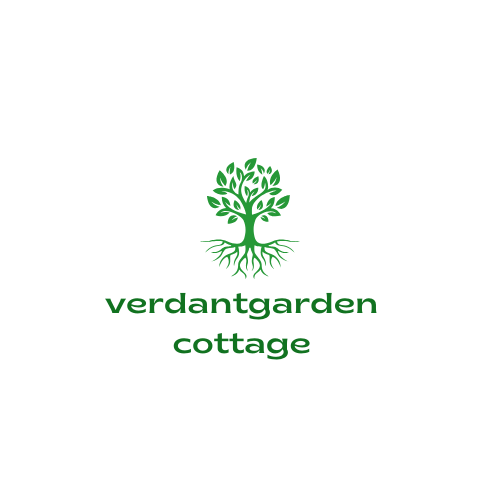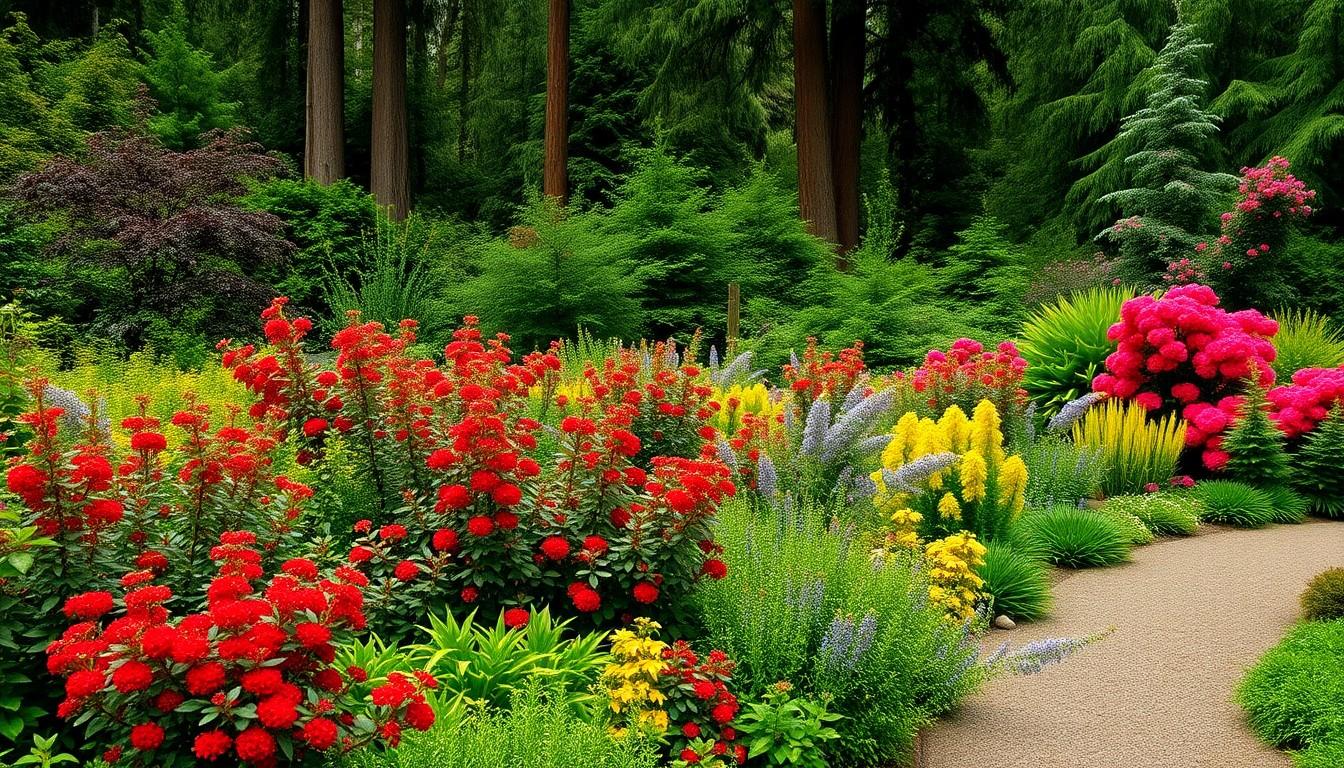In the lush landscape of Washington, native plants aren’t just the local celebrities—they’re the ultimate green thumbs’ secret weapon. Imagine a garden that thrives with minimal fuss while showcasing the stunning beauty of the Pacific Northwest. By choosing native plants, homeowners can create a vibrant outdoor space that’s not only visually appealing but also environmentally friendly.
Washington Native Plants for Landscaping Overview
Washington native plants offer unique benefits for landscaping. These plants are well-adapted to the local climate and soil conditions, resulting in lower maintenance requirements. Utilizing them enhances the aesthetic appeal of gardens while preserving the region’s ecosystems.
Moreover, native flora attracts pollinators, including bees and butterflies, that support the local food chain. The biodiversity provided by these plants helps create a balanced environment. Think about using species like Western Red Cedar, which thrives in various soils and offers both beauty and wildlife habitat.
Adding plants such as the Red-Flowering Currant provides seasonal color and sustains hummingbirds. Additionally, the Pacific Rhododendron showcases stunning blooms and is tolerant of the Pacific Northwest’s wet conditions.
Native grasses like Tufted Hairgrass play a crucial role in soil stabilization and erosion control. Landscaping with these plants not only promotes environmental sustainability but also reduces the need for chemical fertilizers and pesticides.
Selecting native plants contributes to water conservation. Many species are drought-tolerant, requiring less irrigation once established. This practice benefits both the garden and local water supplies.
Incorporating Washington native plants leads to lower maintenance costs while enhancing ecological resilience. Gardeners create a thriving ecosystem by showcasing the beauty of the Pacific Northwest’s natural landscape. Using these plants ensures landscapes flourish naturally, harmonizing with local flora and fauna.
Benefits of Using Native Plants

Using native plants offers significant advantages in landscaping, especially in Washington. These plants promote sustainability by working harmoniously with the region’s ecosystems.
Environmental Advantages
Native plants enhance local biodiversity. They provide essential habitats for numerous wildlife species, including birds, bees, and butterflies. Such plants usually require fewer resources for growth. They adapt well to local soil and temperature conditions, minimizing the need for chemical fertilizers. Additionally, native flora typically offers drought tolerance, which conserves water—a crucial resource in maintaining a balanced environment. Using native plants contributes to soil health by reducing erosion and stabilizing landscapes.
Aesthetic Appeal
Washington native plants bring unique beauty to gardens. Vibrant blooms such as the Red-Flowering Currant and Pacific Rhododendron add seasonal color and interest. Textures vary significantly among different native species, enriching the visual landscape. Varieties of native grasses can create attractive borders and ground cover, enhancing overall garden design. Choosing these plants fosters a sense of place, emphasizing the natural elegance of the Pacific Northwest. This choice aligns with broader environmental goals, creating spaces that are both beautiful and ecologically beneficial.
Popular Washington Native Plants
These native plants offer beauty and ecological benefits for landscaping in Washington. They thrive in local climates and support native wildlife.
Trees and Shrubs
Western Red Cedar stands tall, providing aromatic wood and creating biodiverse habitats. Red-Flowering Currant showcases vibrant blossoms that attract hummingbirds and butterflies. Pacific Dogwood, often adorned with white flowers, adds elegance to any garden. Serviceberry offers delicious berries while supporting birds and other wildlife. Each tree or shrub contributes distinct characteristics that enhance visual interest and foster local ecosystems.
Perennials and Groundcovers
Oregon Grape reminds many of a classic native flower with its striking yellow blooms and holly-like leaves. Pacific Rhododendron blooms in spring, providing stunning colors and fragrance. Blue-Eyed Mary adds delicate beauty under trees, thriving in shaded areas. Western Meadowrue spreads attractive foliage, making it an excellent ground cover option. These perennials and groundcovers not only add texture but also require minimal maintenance, promoting a sustainable landscape.
Designing with Native Plants
Integrating native plants into landscaping enhances both beauty and ecosystem health. These plants coexist with the local environment, requiring less maintenance while adding attractive features.
Landscaping Techniques
Select a mix of flowering plants, shrubs, and trees to create layers in the landscape. Group similar species together for a natural look, allowing for biodiversity in plant selection. Utilize native grasses as ground cover to reduce weeds and prevent soil erosion. Create habitat areas using dense shrubs and varied heights, promoting wildlife attraction. Incorporate features like rain gardens or meandering pathways, enhancing the functional beauty of the landscape while managing runoff effectively.
Maintenance Tips
Regularly observe plant health to identify any issues early. Delay extensive watering, as many native plants are drought-tolerant and thrive with minimal irrigation. Prune plants selectively to encourage healthy growth and maintain shape. Apply mulch to reduce weeds and retain soil moisture. Focus on natural pest management techniques since native plants typically resist local pests well. Emphasize seasonal clean-up to maintain aesthetics and support the ecosystem.
Resources for Sourcing Native Plants
Local nurseries and garden centers frequently offer a variety of native plants suited for Washington landscapes. Many establishments specialize in native species, providing expert advice and an array of options. Websites such as the Washington Native Plant Society feature directories of native plant nurseries and garden retailers.
Online retailers also showcase native plants, allowing for convenient browsing and purchasing. Some of these retailers focus exclusively on native species, ensuring a diverse selection that meets regional needs. Additionally, organizations like Eco-Regional Solutions promote native plant sales and events, where gardeners can find quality plants.
Plant sales organized by conservation groups offer another excellent resource. Local events often provide the chance to purchase from trusted sources while learning about the importance of native plants. Participating in these events supports both the community and local ecology.
The Washington Department of Natural Resources maintains an online catalog of native plants, offering images and descriptions to aid in identifying suitable options. This resource assists gardeners in selecting plants that thrive in their specific locations.
Furthermore, university extension programs provide workshops and information on sustainable landscaping. Educational resources shared through these programs emphasize the benefits of using native plants, making them accessible to everyone.
Lastly, social media platforms host numerous gardening groups dedicated to native plants. Members frequently share tips, sourcing suggestions, and firsthand experiences, creating a sense of community among enthusiasts. Engaging with these groups can lead to discovering new resources and expanding gardening knowledge.
Conclusion
Embracing Washington native plants for landscaping offers a unique opportunity to create stunning outdoor spaces while supporting local ecosystems. These plants not only thrive in the region’s climate but also require minimal maintenance, making them ideal for gardeners of all experience levels.
By selecting native species, individuals can enhance the beauty of their gardens and attract beneficial wildlife. The combination of vibrant colors and diverse textures contributes to a visually appealing landscape that reflects the natural elegance of the Pacific Northwest.
Ultimately, incorporating native plants fosters ecological resilience and promotes environmental sustainability, allowing gardens to flourish harmoniously within their surroundings.

